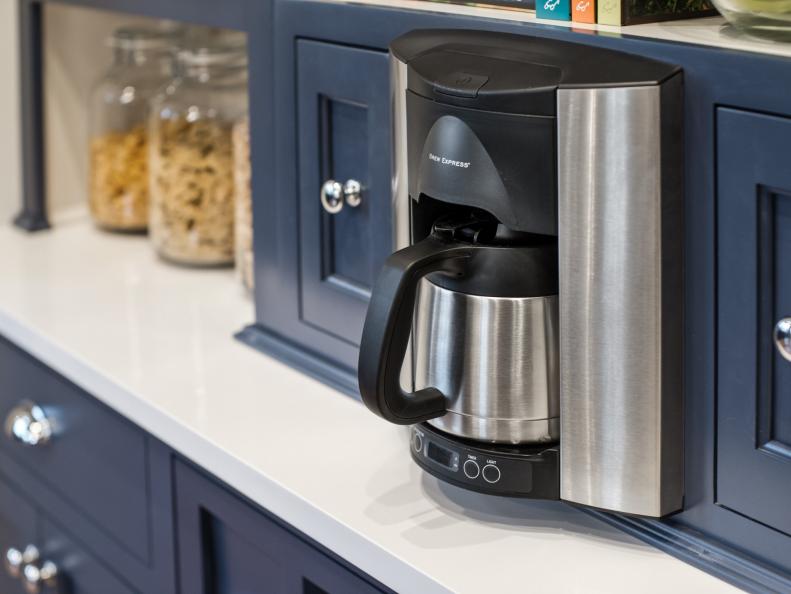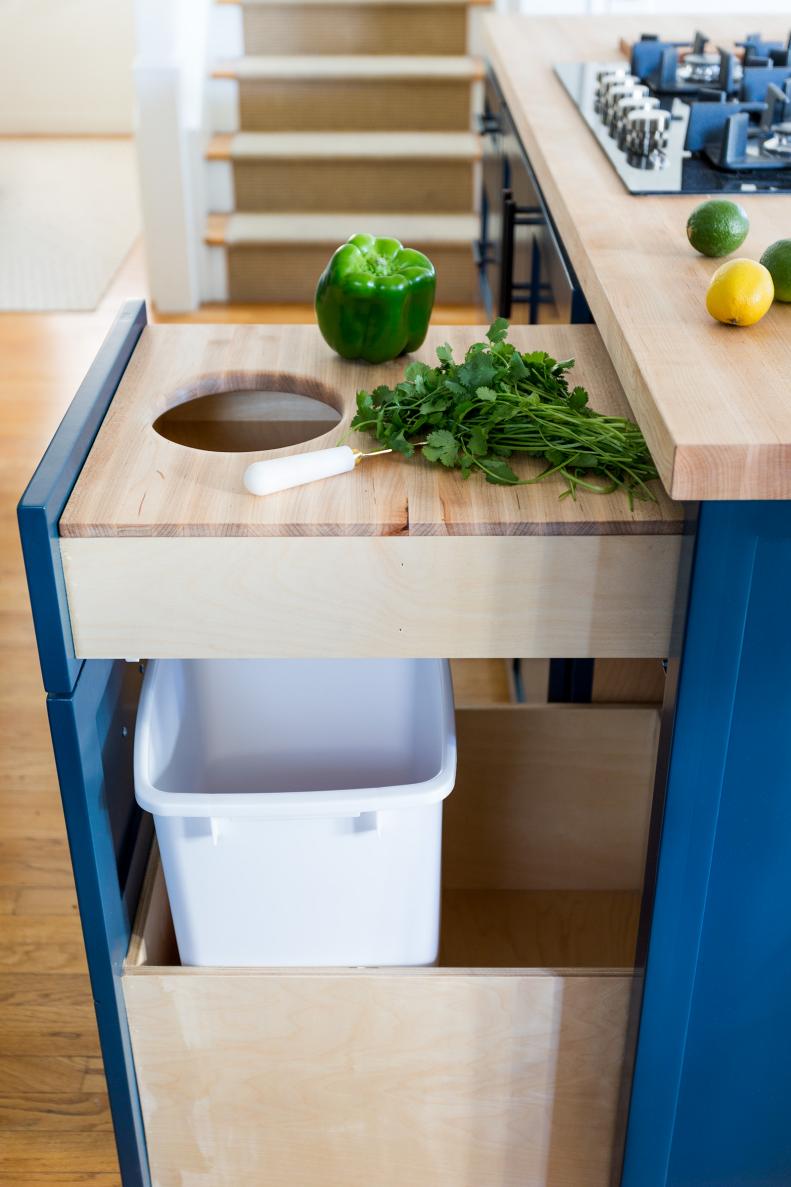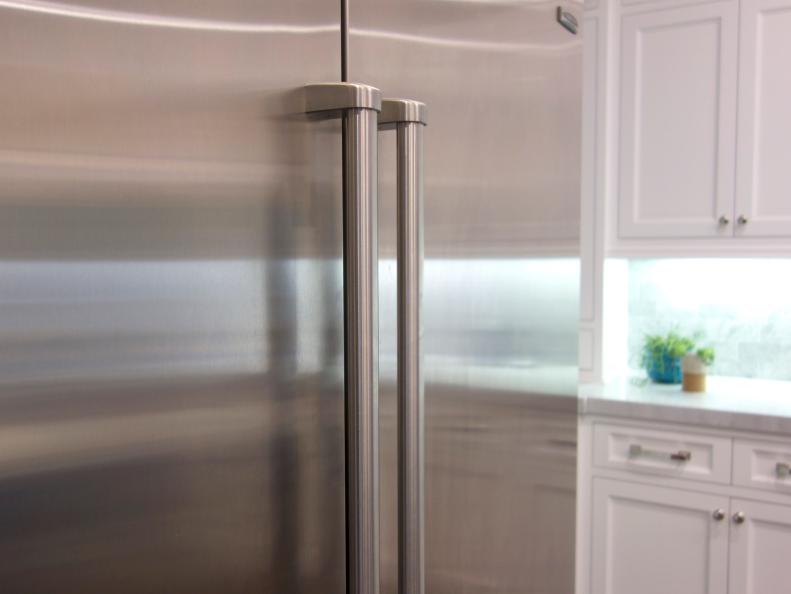1 / 21
Photo: Amy Bartlam.
From:
Natalie Myers.
Kitchen: Sink Area
Raw meat, raw fish, what’s left of dinner — the sink has plenty of growing bacteria. Give it a scrub with baking soda, then follow up with a white vinegar soak. Add a few tablespoons of vinegar to warm water, or place vinegar-saturated paper towels in the sink for 15 minutes to completely sanitize.









